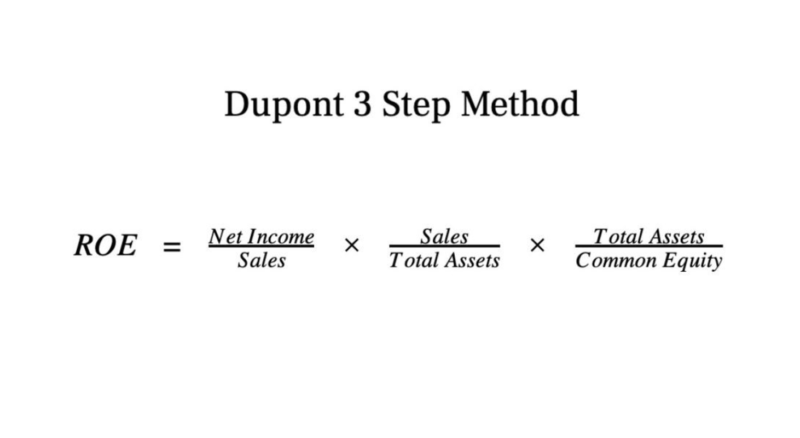How to Calculate Sales Tax Complete Guide for Sellers

If a discount or coupon reduces the price, the taxable amount is typically the price after the discount is applied. Some states, however, may still tax the original price before the discount, so you need to understand your state’s specific tax laws. Online calculators, accounting software, and state revenue department resources are excellent tools for accurate calculations.
- GOBankingRates’ editorial team is committed to bringing you unbiased reviews and information.
- Local taxes can significantly increase the overall tax rate, and failure to account for them can result in underpayment to tax authorities.
- A significant exception to sales tax is food purchased for use at home.
- These tools help with everything from calculating the correct sales tax rates to filing returns, saving time and reducing the risk of errors.
- However, for businesses operating in multiple states or dealing with complex sales tax scenarios, sales tax automation tools can greatly simplify the process.
- Some mobile apps are designed specifically for calculating sales tax on the go.
Steps to calculate sales tax
360 Accounting Pro Inc. is a reliable and experienced accounting and bookkeeping service provider catering to allsizes of businesses and industries. Our team of professionals is committed to delivering exceptional financial services to meet each client’s unique needs. We strive to provide accurate, timely, and efficient accounting and tax services to help businesses stay on top of their financials and achieve their goals. $150 is the original base cost of the item, 8% is the sales tax rate and $12 is the sales tax. Some states may offer sales tax holidays throughout the year to minimize the burden on necessary purchases like school or disaster preparation supplies. Saving those big purchases for the sales tax holiday can save you some money – plus, retailers often have discounts to bring in even more foot traffic during these days.

Sales tax exemptions
That’s why it’s important to have a technology solution in place that can do the heavy lifting. In order to accurately calculate sales tax, it’s essential to understand which items Certified Bookkeeper are taxable and which are exempt. Generally, sales tax applies to tangible personal property (items that can be physically picked up and moved) unless specifically exempted. Calculating sales tax is an essential aspect of business transactions and individual purchases.
Impact on Businesses

Explore real-life case studies illustrating the impact of accurate sales tax calculations on businesses and consumers. Understanding the nuances of sales tax is crucial, whether you’re a business owner, consumer, or someone interested in the financial landscape. Make sure these exemptions or tax holidays are applied correctly at the time of sale when purchasing qualifying items. These exemptions can vary greatly depending on your location, so always double-check your state’s tax rules to see if your purchase qualifies. This final total represents the full amount, including both the product cost and the sales tax. If you’re a business owner calculating sales tax for a customer, this is the amount you would charge them at the point of sale.

Accounting Practices
To calculate it, convert the state sales tax percentage to a explain the process for determining sales tax and total purchase price. decimal, then multiply it by the retail price of the product or service. Foreign diplomats working in the U.S. may also be exempt from paying certain taxes, including sales tax. Using these methods, vendors and consumers can easily calculate sales tax, ensuring compliance with regulations and transparency in transactions.
However, with a clear understanding of the basics, careful record-keeping, and the use of available resources, you can accurately calculate and comply with sales tax regulations. Whether you’re a business owner or a consumer, knowing how to calculate sales tax is essential for financial responsibility and legal compliance in the United States. In New York, clothing and footwear items under $110 are exempt from state sales tax. For items costing $110 or more, the regular state sales tax rate of 4% applies, in addition to any local sales tax rates. In conclusion, mastering the art of calculating sales tax from the total is essential for businesses and consumers alike. This guide has provided comprehensive insights, practical tips, and real-world examples to empower you in navigating the complexities of sales tax.
- This means that the total sales tax rate you pay can vary significantly depending on where you are located.
- In order to minimize the negative impact of sales tax on their business, some retailers may absorb a portion of the tax or offer promotional discounts.
- Online retailers often collect sales tax based on the buyer’s location.
- These apps are particularly useful for freelancers and small business owners who need quick access to tax computations during transactions.
- Sales tax can be added to everything, from clothing and home appliances to services like accounting and auto repair.
- In the U.S., these rates depend on the state’s legislation and revenue requirements.
- This responsibility falls on the company conducting the retail sales.
Businesses and individuals need to stay aware of these opportunities to optimize savings and ensure compliance. Exemptions can include groceries, prescription medications, and specific services, depending on the jurisdiction. The sales tax rate is determined by state and local governments and varies by jurisdiction. Sales tax compliance is an essential aspect of running a business, as it ensures that companies accurately calculate and remit the appropriate amount of tax revenue to the government. Proper compliance and record-keeping can help businesses avoid tax evasion charges and potential penalties. Even countries like Canada experience similar sales tax rate variances, with different provinces having unique sales tax systems and rates.


Sales tax nexus is a term that helps define how connected a business is to a state or local government. The central issue is whether the business owes sales tax to the government entity. Excise tax is another tax that’s commonly added to the cost of products and services.
- Understanding these components is fundamental to precise sales tax calculations.
- The calculations are made by converting percentages to decimals, then to multipliers.
- Maintaining meticulous records and being prepared for audits ensures businesses can navigate the process smoothly and avoid penalties.
- To calculate sales tax, multiply the total cost of the product by the sales tax rate levied in your area.
- Remember to convert the sales tax rate into decimal format by dividing it by 100 before performing the multiplication.
- If you’re a business owner calculating sales tax for a customer, this is the amount you would charge them at the point of sale.
- In order to accurately calculate sales tax, it’s essential to understand which items are taxable and which are exempt.
- It is typically paid by consumers at the point of sale and is calculated by multiplying the sales tax rate by the price of the good or service being purchased.
- This can lead to reduced demand for items with higher tax rates, and may even result in consumers seeking alternatives with lower or no taxes.
- Sales taxes are administered at the state level, but they can be levied at the municipal or county level as well.
- It ensures transparency in transactions, helps prevent overcharges, and enables accurate financial planning.
However, prepared food, including meals at restaurants, take-out, or ready-to-eat items at grocery stores are generally taxed. In conclusion, sales tax is an important element in the financial landscape, affecting both businesses and consumers. Proper calculation and compliance with sales tax online bookkeeping requirements are crucial in maintaining a successful and law-abiding operation. Engaging professionals to assist with sales tax matters can be beneficial for small businesses, ensuring accurate calculations and compliance.







